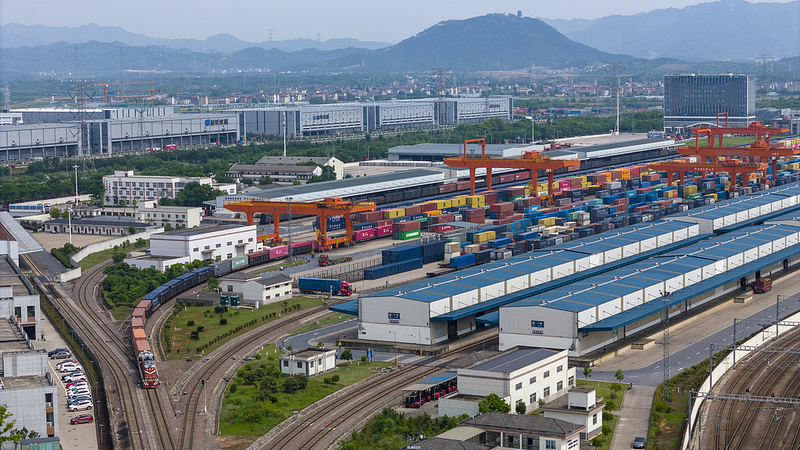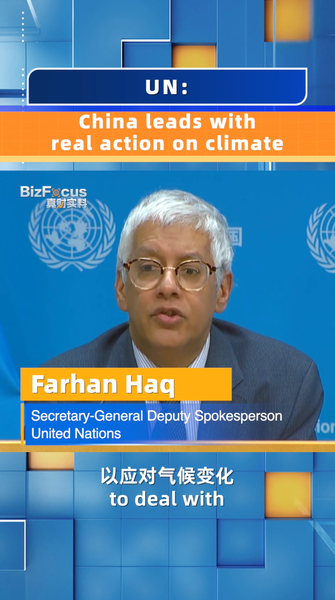As talk of a "Thucydides Trap"—the idea that a rising China must clash with the US—dominates headlines, another story is quietly unfolding. China and Russia are co-creating new economic institutions, not to oppose the West, but to supplement and strengthen the post-Cold War global architecture.
Cross-border Trade and Supply Chains
The 2023 Joint Statement on the Pre-2030 Development Plan for China-Russia Economic Cooperation lays out clear goals: streamlined customs, upgraded border ports and coordinated logistics infrastructure.
These measures have simplified procedures, significantly cutting clearance times and boosting cargo turnover. The opening of the Heihe-Blagoveshchensk road bridge has further elevated connectivity between China's northeast and Russia's Far East, fueling regional trade.
Both nations are aligning technical standards and industry regulations to build new industrial value chains. This approach lowers technical trade barriers and paves the way for deeper supply chain integration.
On the product side, China's exports to Russia include mobile phones, computers, automobiles, electric machines, machine tools and specialized industrial equipment. Machine tools and industrial machinery, in particular, support Russia's push for import substitution, marrying China's manufacturing strength with Russia's drive for domestic renewal.
Looking Ahead
By supplementing existing systems rather than creating rival blocs, the China-Russia partnership may inspire emerging economies to help shape a more inclusive global governance model. Entrepreneurs, policymakers and investors across the G20 will be watching—and weighing the chance to join this evolving experiment in economic collaboration.
Reference(s):
China and Russia's joint institutional innovation in the world economy
cgtn.com




